The Kuiper belt is a wide ring-shaped region in the outer solar system. It contains millions of small icy objects, gas, dust, and asteroids that orbit around the sun. Kuiper belt exists beyond the solar system planets after Neptune’s orbit. It is also called Edgeworth Kuiper Belt.
It extends from a region of 30 AU to 50 AU from the sun (1 AU is the mean distance of the sun from the earth, approximately 150 million km). The Kuiper belt also contains most of the dwarf planets and comets of our solar system. The dwarf planet Pluto comes into the region of the Kuiper Belt.
Kuiper Belt Facts
Here we have explained some interesting Kuiper belt facts. You must know these interesting facts to explore more about it.
Extreme vast and massive
The Kuiper belt is one of the largest regions of the solar system. It begins after Neptune’s Orbit from 30 AU and ends at 50 AU from the sun. It overlaps with a ‘scattered disc’ and then extends beyond 100 AU from the sun. (Scattered disc objects are called SDOs.) This is the location and structure of the Kuiper belt in the solar system.

There are millions of KBOs in the solar system
Scientists have estimated that more than 100,000 KBOs are around 100 km in size. Thousands of KBOs have been discovered but there are millions of KBOs not discovered yet.
The Kuiper belt and asteroid belt are very similar
It looks very similar to the asteroid belt but the size is much more than the asteroid belt. It is more than 20 times larger in width and approximately 200 times more massive than the asteroid belt. (Asteroid belts are found between planet Mars and Jupiter.)
Pluto was 1st Discovered KBOs
Dwarf planet Pluto was the first object to be discovered in the Kuiper belt in 1930. Though at that time there was no assumption of any region like the Kuiper belt. (Here know more about all Dwarf Planets)
Kuiper belt objects have moons
Many of the KBOs have their moons to rotate around this belt. Many dwarf planets like Pluto, Orcus, Haumea, Quaoar, Makemake, and others exist in the Kuiper belt and have moons. Pluto has 5 moons/natural satellites whereas, Makemake has one known moon.
Pluto is the largest Kuiper belt object
There are 5 IAU (International Astronomical Union) recognized dwarf planets Pluto, Ceres, Haumea, Eris, and Makemake. 3 dwarf planets Pluto, Haumea, and Makemake exist in the Kuiper belt. Dwarf planet Pluto is the largest object in this belt with a diameter of 2380 km.
It is extremely dark and cold
The region of the Kuiper belt is very dark and cold as it is very far from the sun. Kuiper belt objects are made of ices and rocks. The temperature of the belt is approximately -220 °C.
Massive but low mass
Though this belt is so vast and massive in the solar system. But the total mass of the belt is around 1.2 % of the earth’s mass.
A structure named ‘Oort Cl0ud’ is more massive than the Kuiper belt
The Oort cloud is a region of the outer solar system. The Oort cloud region is the broadest but least explored region of our solar system. It extends beyond the Kuiper belt to a distance of more than 100,000 AU from the Sun. So it is the most massive structure in the solar system surpassing the Kuiper belt in size.
- Read About:- Oort Cloud Facts and Information
Hence, these were some interesting and informative facts about the Kuiper belt. I hope you have liked it. To know more about this region, keep studying further sections.
Kuiper belt formation
When the solar system including the sun was formed, the 8 planets get a shape because of the gravitational pull of the sun. But some small bodies (including icy objects with gas and dust) in the region of the outer solar system were so far from the sun. These small bodies were experiencing enough gravitational effects from Planet Jupiter and Neptune instead of the Sun’s gravitational pull to form a planet. So these small bodies were simply unaffected by the process that shaped other planets.
In this way, these bodies manage to remain in the region called the Kuiper belt. These small bodies are called Kuiper belt objects (KBOs). So the formation of the Kuiper belt is happened because of the leftover planets that could not be formed.
Kuiper belt discovery
It was the scientist Frederick C. Leonard who first suggests the existence of trans-Neptunian objects (TNOs are those object that exists beyond the planet Neptune). After the discovery of Pluto in 1930 astronomers started to discover the trans-Neptunian objects in the solar system.
In 1943 Kenneth Edgeworth hypothesized that “in the region of the outer solar system a large number of smaller bodies exist beyond Neptune’s orbit”.
-
Why is the Kuiper belt called the Kuiper belt?
In 1951 ‘Dutch astronomer Gerard Kuiper’ published a scientific journal in which he imagined a ‘disc’ that would have formed early in the solar system formation. But the Gerard Kuiper did not imagine that such a disc still exists today. The idea of a ‘belt’ was adopted from this imagined ‘disc’ by Gerard Kuiper and so later it is called the ‘Kuiper belt’ after its discovery. Many scientists called it the ‘Edgeworth Kuiper belt’ for giving credit to Kenneth Edgeworth.
After Gerard Kuiper’s hypothesis, astronomers started to discover many of the TNOs and their existence. In 1964 Fred Whipple hypothesized and gave an idea about the ‘comet belt’. Mainly, the existence of the Kuiper belt adopted by astronomers after the study of comets because they found these comets exist in the outer solar system. So some scientists also give credit to Fred Whipple for the discovery of the Kuiper belt.
In 1987 astronomers David Jewitt and Jane Luu started to discover the emptiness of the outer solar system. After using high-quality telescopes finally in 1992 after 5 years ‘David Jewitt and Jane Luu’ found an object in the Kuiper belt region and they named it ‘1992 QB1’. Till 2018 more than 2000 Kuiper belt objects have been found by the astronomer.
Kuiper belt location
Many dwarf planets exist in the Kuiper belt including dwarf planet Pluto. The average distance of Pluto from the sun is approximately 40 AU (Astronomical Unit). So when the question arises of the location of the Kuiper belt in our solar system, then it must be near Pluto.
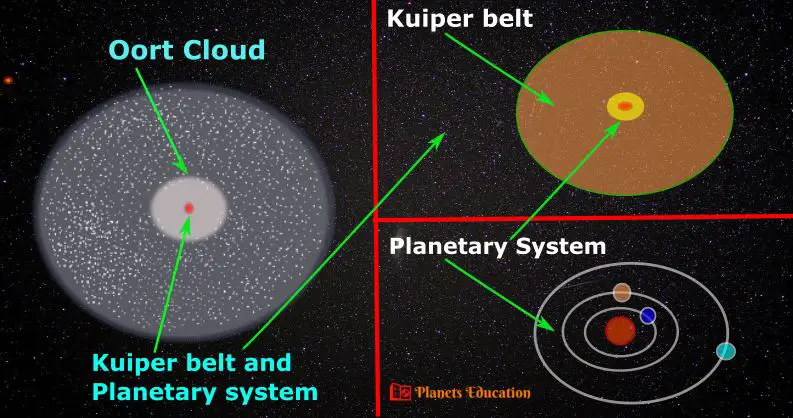
The Kuiper belt is a structure/region with a group of interstellar objects. This structure is so vast and massive that it extends beyond our 8th planet Neptune’s orbit. The inner edge of the Kuiper belt starts after Neptune’s orbit at 30 AU from the sun and the outer edge of this belt extends up to 50 AU from the sun.
The outer edge of the Kuiper belt overlaps with objects of the scattered disc (SDOs). The overlapped area of the Kuiper Belt and Scattered Disc is extended beyond the 100 AU from the sun. So generally Kuiper belt location in our solar system goes up to 100 AU from the sun.
What is in the Kuiper Belt?
Basically, there are millions of astronomical objects in the Kuiper belt. As the asteroid belt has more than millions of asteroids, in the same way, the Kuiper belt has millions of KBOs. But it is much larger and more massive than the asteroids belt.
To know what is in the Kuiper belt, we have to know what objects this region has. And hence it has millions of small and larger solar system bodies, three IAU-defined dwarf planets (Pluto, Haumea, Makemake), many comets, and many most likely dwarf planets (Orcus, Quaoar, Salacia), and moons for some of these bigger objects.
This region may have thousands of periodic comets that complete one orbit of the sun in around 200 years. All the objects of the Kuiper Belt, Scattered Disc, and Oort Cloud are called Trans-Neptunian Objects (TNOs).
So these were all about the Kuiper belt facts and other related information. Scientists and researchers still exploring more and more. I hope we will be able to explore more about the Kuiper belt in the Future.
- 5 Best Solar System Backpacks in 2025

- Mass of Planets in Order from Lightest to Heaviest
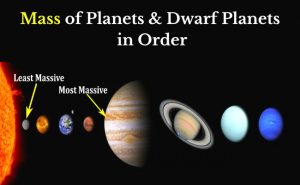
- Star Projector {2025}: Star Night Light Projector

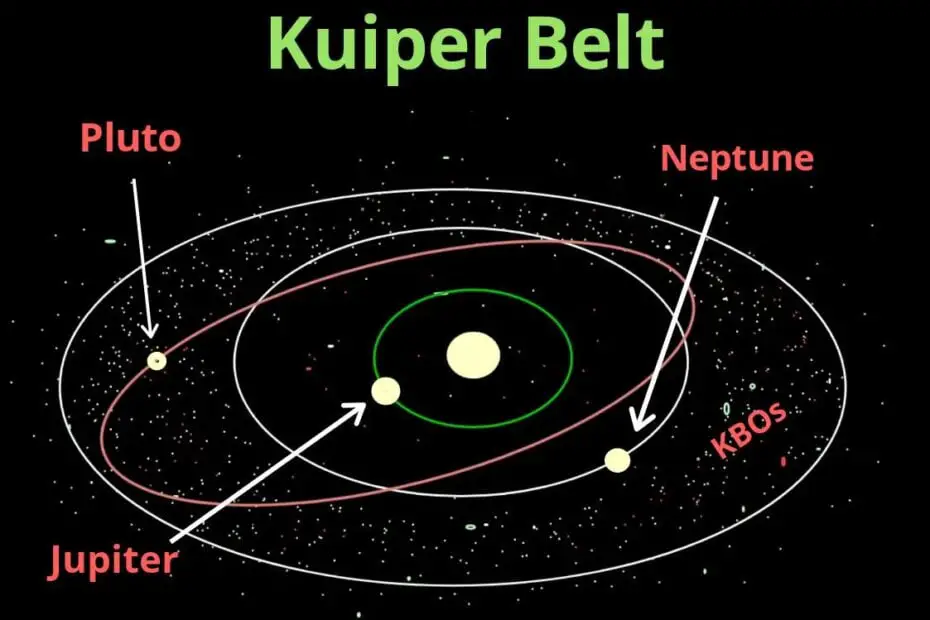
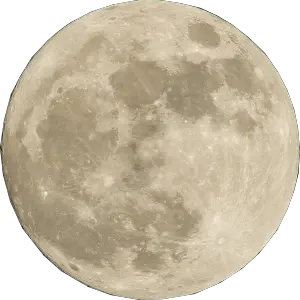
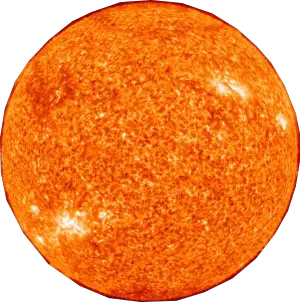
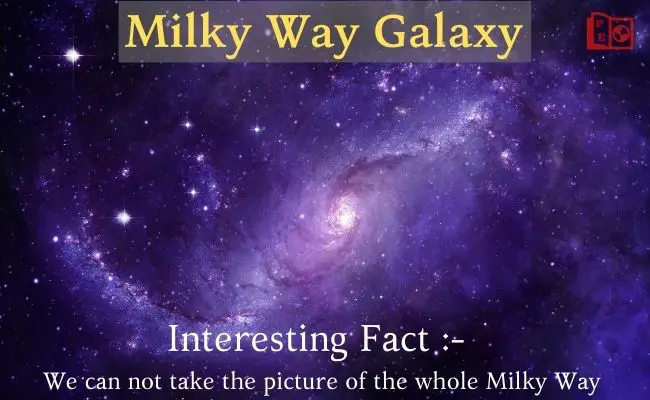
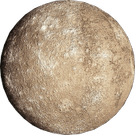
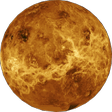
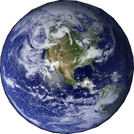
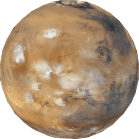
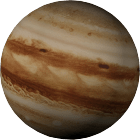
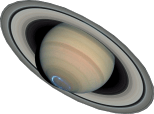
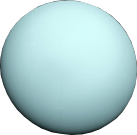
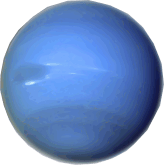
I am really impressed with your writing skills as well as with the layout on your blog. Is this a paid theme or did you modify it yourself? Either way keep up the excellent quality writing, it’s rare to see a nice blog like this one today.| а
Glad you like it. I have just started this blog for what I love “writing”, especially for my fav interested niche “cosmology”.
For your question its a free theme. I am new in blogging and do not earn, so there is no point to use something paid or pro.
Comments are closed.